Highlights from PEACOC M30 Consortium Meeting
During the first week of October, partners of the PEACOC project gathered in vibrant Istanbul for the M30 consortium meeting, jointly hosted by FORD OTOSAN and İSTAÇ.
This enthusiastic gathering provided partners with comprehensive overview of the advancements made within each work package (WP), the challenges encountered, followed by intense discussions about the future steps and the best exploitation routes.
The first day was exclusively dedicated to the technical WPs, with over six hours of intense discussions. Although this brief summary won’t capture the complexity of these technological exchanges, we hope it will help our readers grasp the most promising outcomes of the research work.
Optimisation and upscaling of the concentration stage
After enhancing the NOVA technology for recycling printed circuit board assemblies (PCBAs) from LCD TVs and CRT TVs, reporting a processing capacity of 400kg/batch, in the coming months, the GEMME research team at University of Liege will pivot its focus on manufacturing the new NOVA prototype. The next target is to reach a processing capacity up to 600kg of PCBAs/batch, and to produce a minimum of 150 kg of precious metals concentrate with combined silver (Ag), gold (Au), and palladium (Pd) grades exceeding 1500 ppm.
Related article about the NOVA technology
Optimisation of the refining stage
With WP4 reaching its final stages at the end of October 2023, researchers at VITO provided detailed results of their work, which included the development and optimisation of the MW-assisted leaching and the gas-diffusion electrocrystallisation (GDEx) technologies to treat three different waste streams: autocatalysts, PCBAs and photovoltaic (PV) metallic waste.
After successfully retrieving platinum group metals (PGMs) from spent autocatalysts, researchers at VITO managed to reduce the MW-assisted leaching operating costs by optimising the chemicals consumption, enhancing the equipment durability and by lowering the corrosiveness of the leaching solution. This result will assist partner CEINNMAT in building the pilot-scale MW reactor in WP6 for the upcoming upscaling phase of the PEACOC project.
Simultaneously, small scale experiments using pre-treated PV panel waste and end-of-life (EoL) PCBAs have reported promising preliminary results. Using chloride-based leaching solution, researchers were able to recover noble metals with maximum efficiency. As a next step, the output from the MW-assisted leaching was sent to GDEx, which has already achieved over 95% recovery rate for palladium (Pd), platinum (Pt) and rhodium (Rh) from leachates from spent autocatalysts, and >95% Au and Ag recovery from PCB, respectively PCBA leachates.
During the upcoming months, the GDEx process will be automatised at VITO premises, while the MW-assisted leaching pilot will be tested in Spain. The focus is now shifting towards building the pilot. In 2024, all the pilots will reach Athens, where they will be assembled on the premises of MONOLITHOS.
Valorisation of recovered precious metals and residual matrices into different applications
Following a ‘zero-waste’ approach, after treating the solutions with MW-assisted leaching followed by the GDEx process, these recycled platinum-group metals (PGMs) will be further used to manufacture, operate and test their usability in different applications and industries: from new catalysts and catalytic nanoparticles for electrochemical energy technologies, to 3D-printed products and single metals.
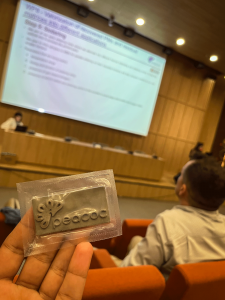
Embarking on our journey to Istanbul not only facilitated productive professional exchanges butt also opened the door to more relaxed experiences for the PEACOC partners. Amids the bustling energy of the city, partners were priviledged to explore the innovative Waste Incineration, Biomethanisation and Composting facilities at Istaç. A visit to these facilities was an immersion into the future of sustainable waste solutions, much like the mission PEACOC embarked upon.
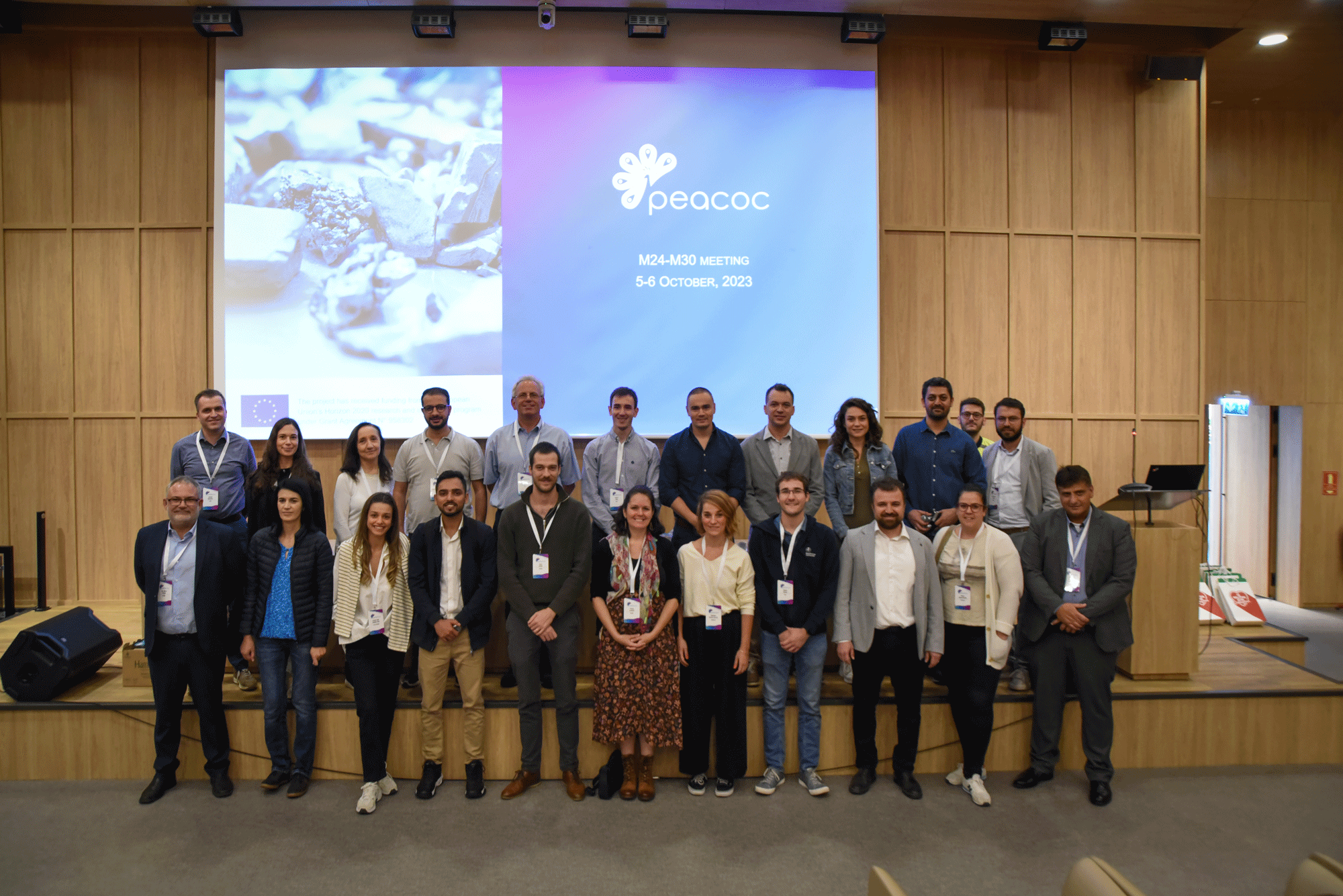
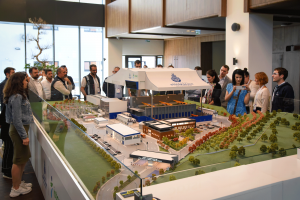
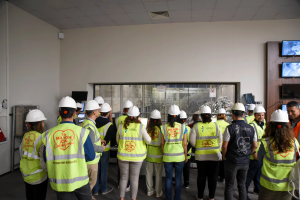
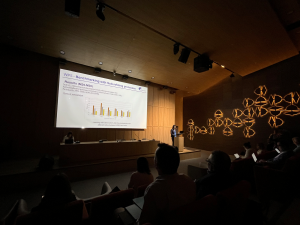
 This
project has received funding from the European Union’s
Horizon 2020 research and innovation programme under grant
agreement No 958302.
This
project has received funding from the European Union’s
Horizon 2020 research and innovation programme under grant
agreement No 958302.